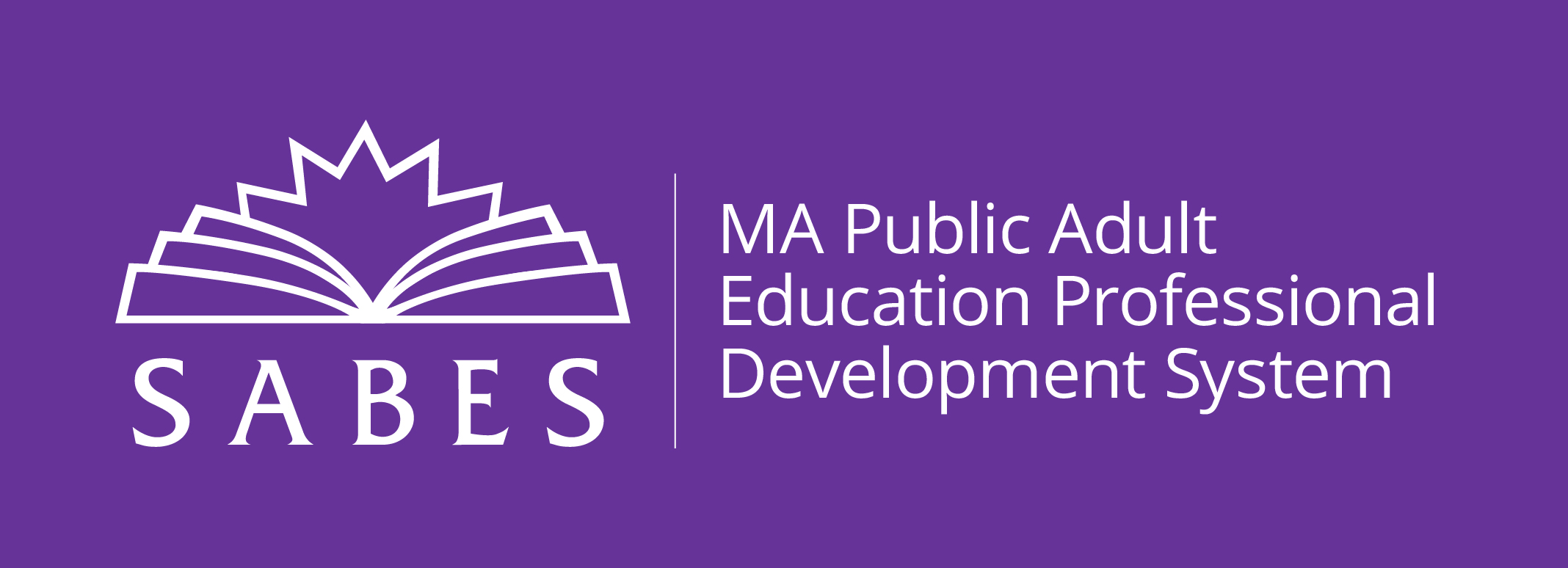DeafBlind Americans are a small portion of the population, but are frequently left out of comprehensive educational access because of the overlap of these two lived experiences. This article profiles one teacher’s use of an educational accessibility grant to create a social and emotional support club for her DeafBlind students, which included pairing them with adult DeafBlind role models. The pathway toward full-inclusion detailed in this article could be particularly useful in developing any type of ADA inclusion program in an educational setting, particularly when dealing with the intersectionality of multiple disabilities, and religious and social mores that can impact learners.
Topic Area
ADA & Disability Inclusion
Advising & Student Support Services
Culturally Responsive and Sustaining Teaching
Media Type
Document
Resource Type
Resource
PD Team
SABES Program Support PD Team - ADA Resources & Training


